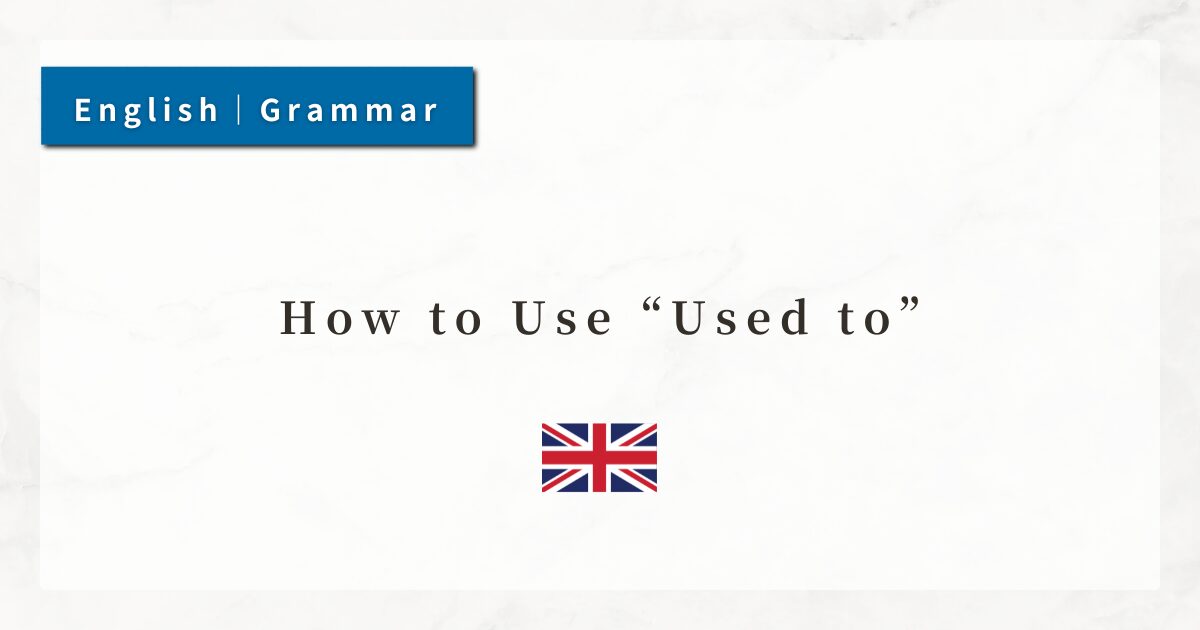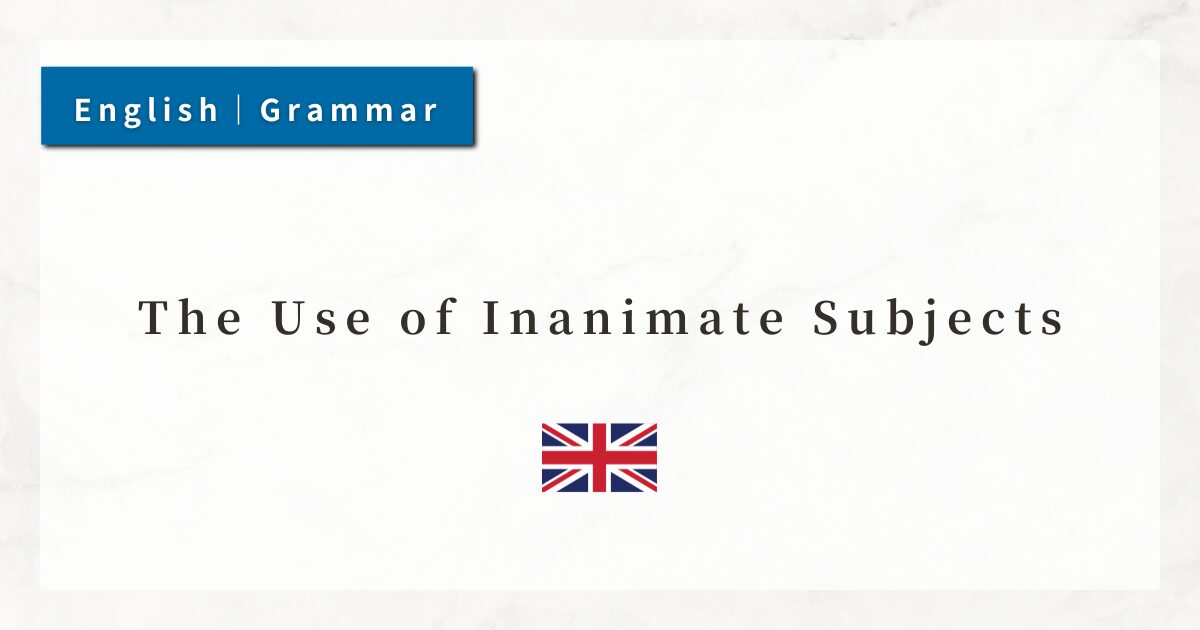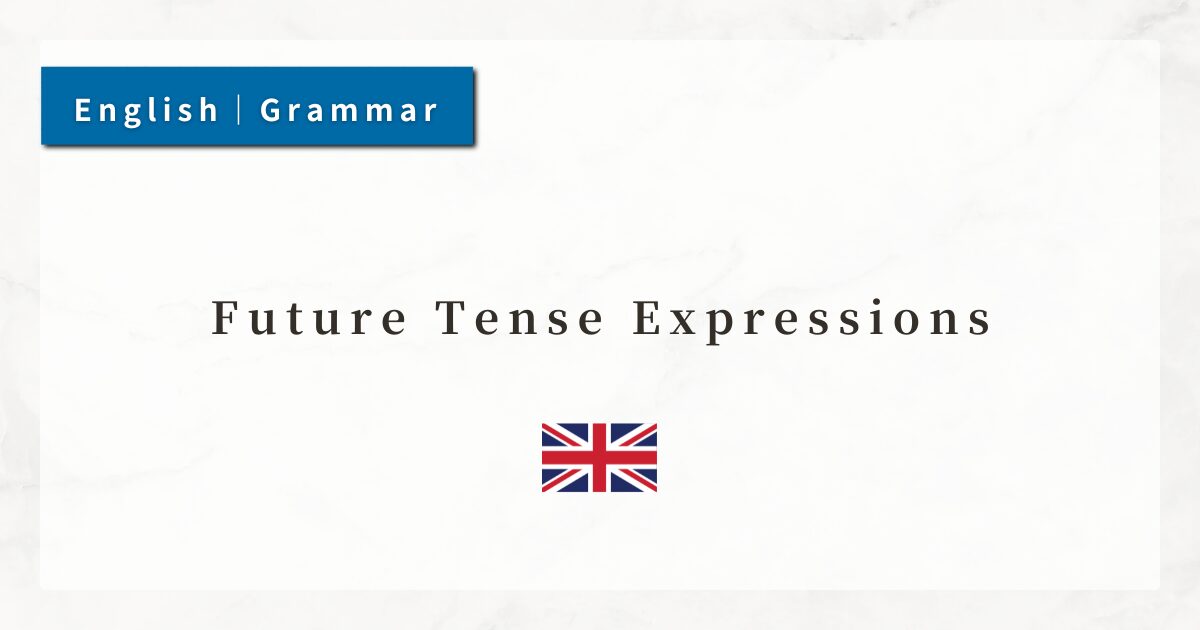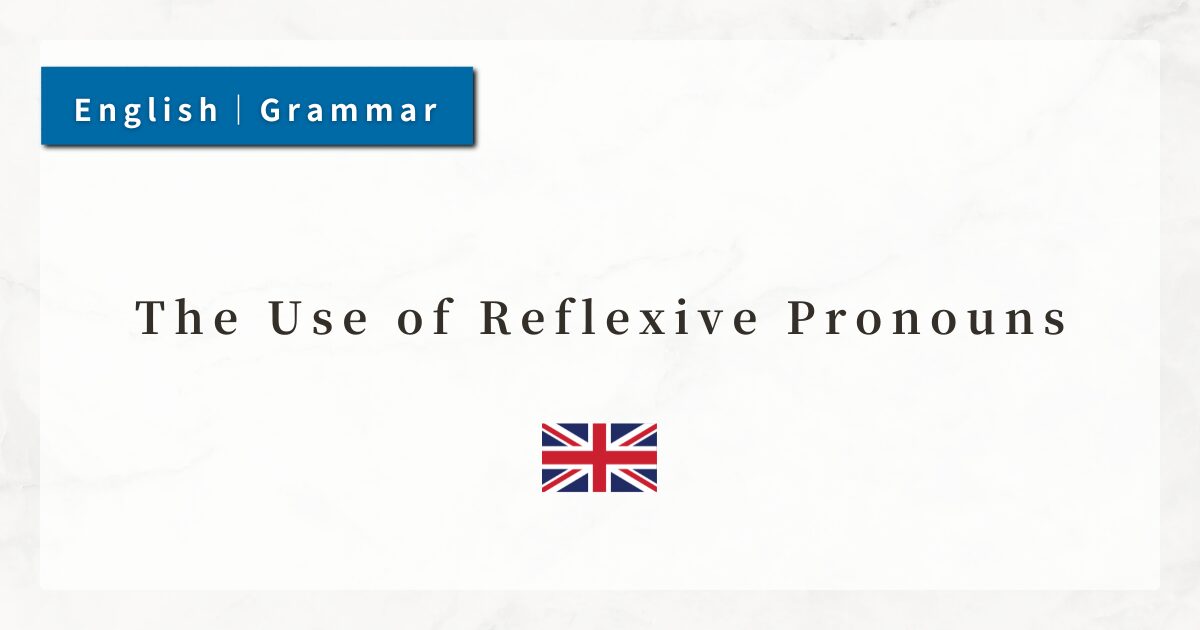#40 The Difference Between “Enough” and “Too”|Usage Rules with Example Sentences

In English, the words enough and too are used to express the ideas of “sufficient” and “excessive.”
At first glance, they may appear similar. However, enough indicates that something has reached the necessary amount or degree, while too indicates that something has gone beyond the limit.Thus, there is a clear difference in meaning and usage.
In this lesson, I will explain the basic rules of enough (“sufficient”) and too (“excessive”), along with examples to illustrate their proper use.
1. Basic Meaning of Enough and Too
When expressing “sufficient” or “excessive” in English, enough and too are used. Both indicate degree, but their meanings are opposite.
- enough → sufficient, adequate
- too → excessive, overly, beyond what is acceptable
If these two are confused, the meaning becomes the opposite, so it is essential to organize and remember the usage rules.
2. Parts of Speech of Enough and Too
The function of enough and too changes depending on context. They can serve as adjectives or adverbs.
enough
- Adjective
→ modifies a noun (enough time, enough money) - Adverb
→ modifies an adjective or adverb (tall enough, quickly enough)
too
- Adverb
→ modifies an adjective or adverb (too hot, too fast) - Determiner-like use
→ with quantity expressions (too much sugar, too many people)
In short, enough is used as either an adjective or an adverb, whereas too is primarily an adverb but functions like a determiner when used with quantity expressions.
3. Basic Usage of Enough
3-1. With Nouns
When enough modifies a noun, it comes before the noun and means “sufficient ~.”
- We have enough chairs for everyone.
- Do you have enough money to buy the ticket?
3-2. With Adjectives or Adverbs
When modifying an adjective or adverb, enough comes after it, meaning “sufficiently … to ~.”
- He is tall enough to reach the shelf.
- Did you run fast enough to catch the bus?
4. Basic Usage of Too
4-1. With Adjectives or Adverbs
Too means “excessively” and comes before an adjective or adverb.
- This coffee is too hot to drink.
- He drives too fast.
Note: the position is opposite from enough.
4-2. The “too … to” Structure
When combined with an infinitive, too … to means “too ~ to ….”
- She is too young to drive.
- The box is too heavy to carry.
This structure is very common and useful to memorize as a set phrase.
4-3. With Nouns
Too can be used with much or many to mean “too much/many ~.”
- There is too much noise in this room.
- I ate too many cookies.
The common patterns are:
- too + much + [uncountable noun]
- too + many + [countable noun]
5. Comparing Enough and Too
Although the usage looks similar, their meanings are opposite.
- He is tall enough to reach the shelf.
- He is too short to reach the shelf.
In short:
- enough
→ indicates adequacy, meeting the condition (positive nuance) - too
→ indicates excess, going beyond the limit (negative nuance)
6. Summary
- enough:
1. Placed before a noun → enough time (sufficient time)
2. Placed after an adjective/adverb → tall enough (sufficiently tall) - too:
1. Placed before an adjective/adverb → too hot (excessively hot)
2. Used with infinitives (too … to) → too heavy to carry
3. With much/many → too much water, too many books - Key Difference
1. enough → sufficient (positive implication)
2. too → excessive (negative implication)




